He’s been deported twice and survived bandits, trains and swamps, but this Honduran immigrant remains hopeful about reaching the U.S.

There are not enough detention centers to hold the thousands of families crossing over.
- Share via
Reporting from NOGALES, Mexico — As a cold rain pelted the Mexican border town of Nogales, a young Honduran man and his two companions gathered outside a Catholic charity kitchen with other marooned deportees and would-be border-jumpers.
The mood was generally disconsolate, and with good reason: Most were broke, cold and hungry, and, more significantly, had little hope of rejoining loved ones and friends on the other side. Just across the way stood the imposing metal fence blocking off Arizona, USA.
But amid this aura of gloom was the irrepressible Besser Geovanny Zelaya Ortiz, a repository of teenage idealism in the face of hard knocks at the end of his latest three-month rail odyssey north.
The slim, fast-talking 19-year-old Honduran, wearing a wool scarf emblazoned with “Notre Dame,” confidently conveyed counsel to dejected fellow migrants, like a baby-faced street preacher keen to lift the spirits of his bedraggled flock. They didn’t seem that impressed, but Zelaya was undeterred.
“We plan to make it to Gilroy, California,” he said, referring to the self-proclaimed Garlic Capital of the World. “A compañero of ours is there.”
This was his third trip on La Bestia (The Beast), the sprawling network of freight trains that transports cargo and U.S.-bound Central American migrants from deep in Mexico to the northern borderlands. His earlier expeditions ended in deportation back to Honduras last year, once from the United States in April, and once from Mexico in October.
Still, Zelaya seemed to embody a facet of the migrant trek — the sense of adventure and possibility — that is inevitably lost in the polemics and sense of desperation surrounding illegal immigration. Anyone who is an immigrant or refugee, or a child of one, absorbs the significance of this momentous journey, of leaving one’s homeland for another life.
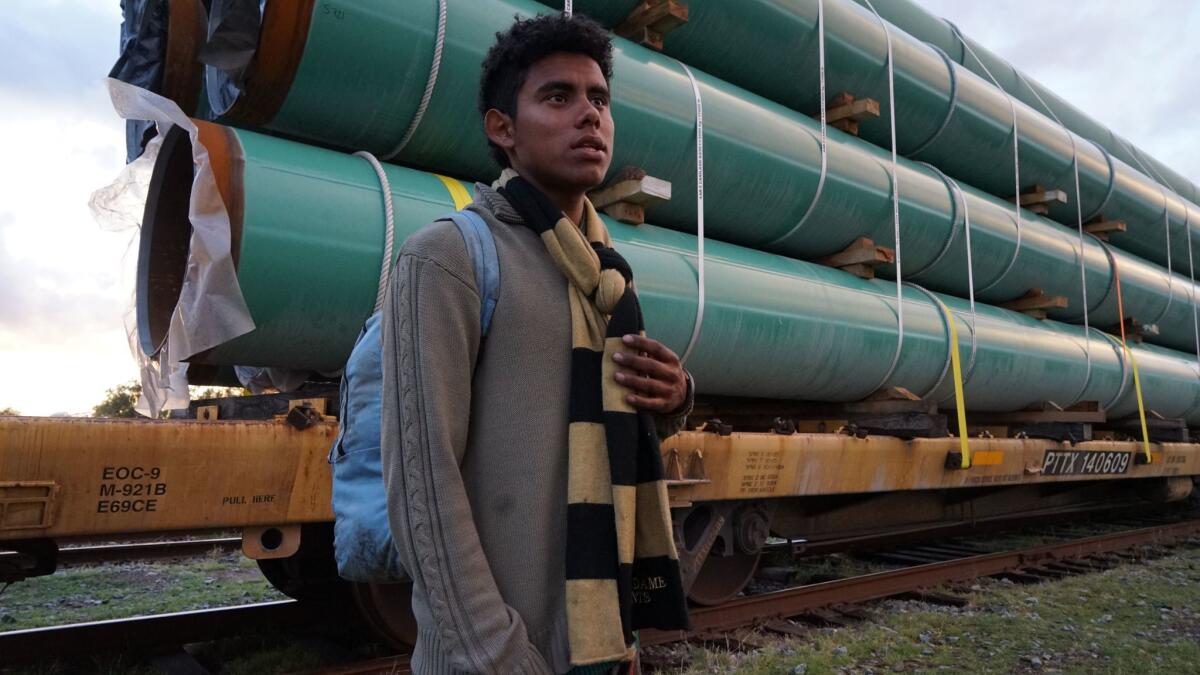
Immigrants, legal or not, tend to be risk-takers, opportunity-seekers. Zelaya traveled with two companions — his older brother, Jose Fernando, 22, and a new friend from Mexico, Juan de Dios Cervantes, 18.
Zelaya and his brother — rock ’n’ roll devotees who are among seven children of a widow who works at a chicken-processing factory in the ranching hub of Juticalpa, Honduras — lack functioning phones, but occasionally find an Internet connection to fire back home a simple message: “We’re alive.”
That they were headed to a country where migrants like them are reviled by many as interlopers to be jailed and deported didn’t especially faze him.
“I understand how someone who has never experienced poverty would never understand me, and would think I was an evildoer and a vagrant,” Zelaya said. “I understand certain points that Donald Trump makes, though I don’t agree with him.… A wall won’t stop anyone. Yes, there will be more deportations, but more people will try to get in. It will be the same.”
Bestia-hoppers making their way through Mexico face a Dickensian gantlet of gang enforcers, extortion-minded cops, immigration checkpoints and occasionally crazed and drugged-out fellow travelers.
The Zelaya brothers recounted disturbing episodes from their separate journeys, like the day a fellow Honduran was thrown to the tracks from a train when it braked suddenly, resulting in a severed arm. “He was already dead when he arrived at the hospital,” recalled Zelaya, who was sleeping in a boxcar when the locomotive jolted. “We continued on the train.”
But Zelaya also recalled moments of kindness and sacrifice during his railroad journeys.
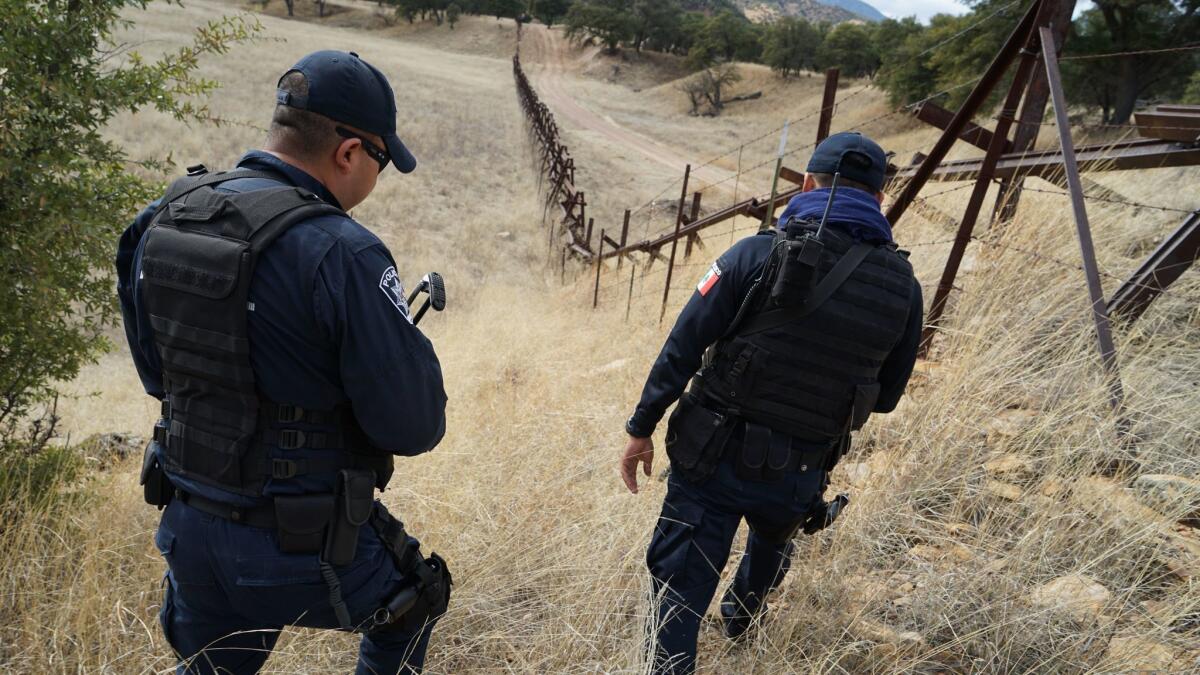
Honduran bandits manning the railroad tracks in southern Mexico stopped and searched Zelaya and another traveler, but when the bandits discovered Zelaya had only 4 pesos, the equivalent of 20 U.S. cents, the tattooed heavies turned into unlikely good Samaritans: They handed Zelaya a bag with roasted chicken and tortillas — grub recently purloined from other migrants.
“We were very hungry, but too afraid to eat there,” Zelaya recalled, “so we kept walking along the tracks and eating on the go.”
Despite the discomforts and dangers, a sense of comradeship prevails among the Bestia regulars, many of whom know one another from previous rail voyages and interludes in jails, shelters and flophouse hotels, and bump into one another anew along the convoluted route.
“We are very unified, very loyal to each other,” Zelaya said of fellow train riders, many of who are christened with colorful monikers.
In Veracruz, Zelaya hooked up with some friends, including a fellow Honduran he had met at a U.S. immigration detention center in Arizona; he’s known as El Platano (The Banana) for his blond, curly hair, tied up in a pony tail.
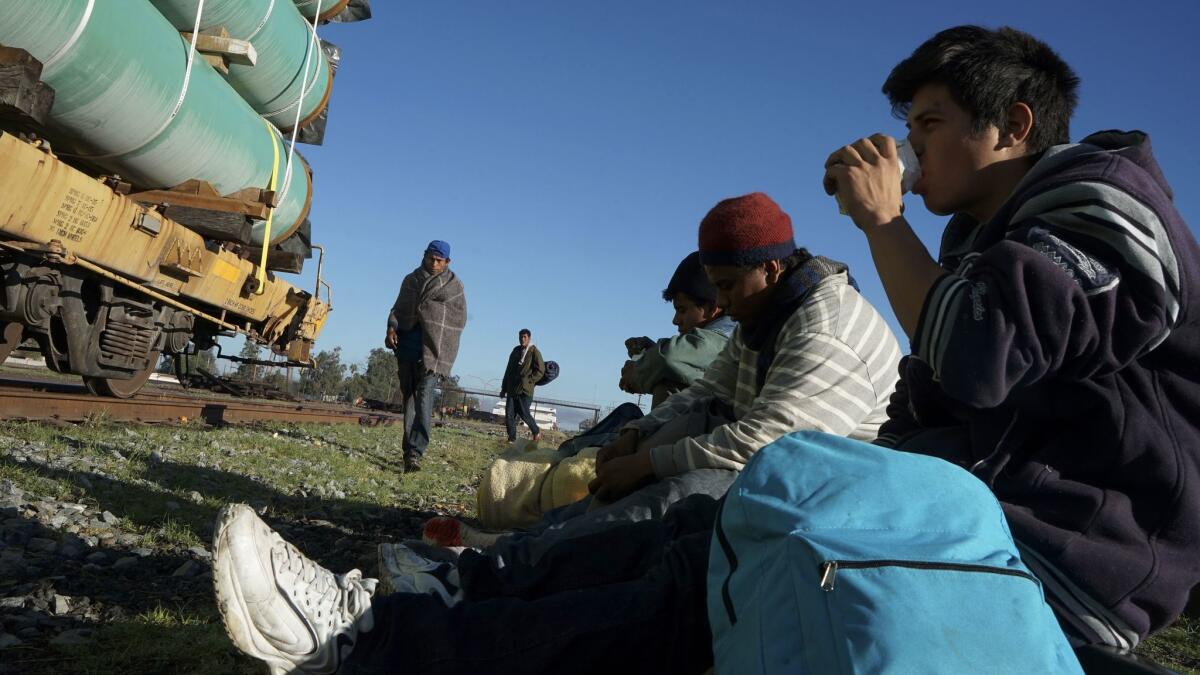
Another traveling companion — El Chapin, the ubiquitous designation for Guatemalans — was robbed at knife-point by Mexican cops while buying food at a shop, Zelaya said; he had to turn over his savings of 700 pesos, the equivalent about 35 U.S. dollars.
But he told his captors he was traveling alone, so they would not seek out Zelaya and other rail-riding comrades, who hid beside the railroad tracks in swamps with water above their knees, using plastic bags for camouflage.
Zelaya later spent a month in the western city of Guadalajara, saving up some cash while working as a welder, painter and in other laboring jobs. His aim was to find his brother, Jose Fernando, who had left Honduras earlier.
He finally met up with his brother in the coastal city of Puerto Penasco, after an unexpected beach interval in the resort town of Mazatlan — where a train unexpectedly deposited him and others. “We took some well-deserved vacation on the beach, taking in the sights,” he said.
He and his brother made their way to Nogales, and were promptly arrested by police as undocumented vagrants and placed in custody for a day and a half, with little food, Zelaya said. On the rainy day outside the Catholic charity, they plotted their way north.
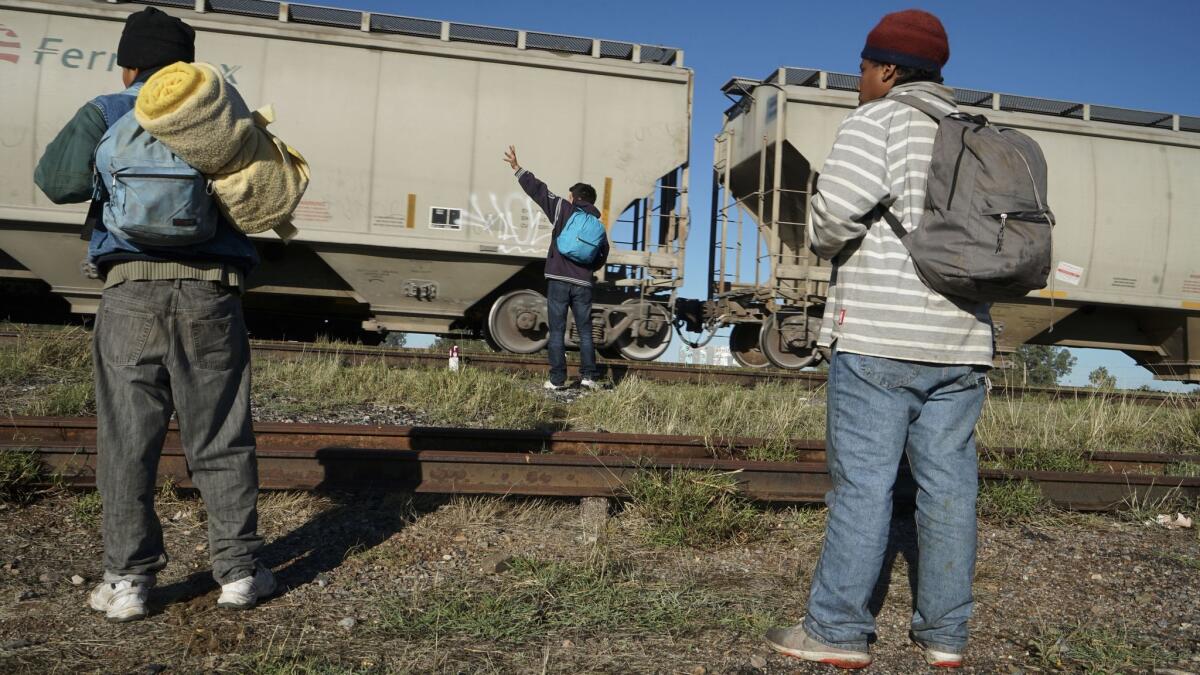
Unable to afford the $4,000-per-head smuggling fees, the three had devised a dubious strategy: They would use a compass to traverse the California desert from the Mexican border city of Mexicali, where, they had heard, it was easier to cross without paid guides.
“I don’t want to be stuck in the desert with mafiosos,” said Zelaya, referring to the smuggling syndicates that sometimes abandon their charges in arid expanses.
At a shelter here in Nogales, the brothers had befriended Cervantes, who was keen to find work in the United States and help his large family in Mexico’s Sonora state. The Hondurans seemed reliable, and experienced, colleagues.
“These guys seemed like good traveling companions, they knew the route,” said Cervantes, a relative novice.
Indeed, Zelaya had provided Cervantes some Bestia tips — the urgency to run as fast as possible alongside the rolling stock before lunging for the rail car’s metal ladder; how to exit semi-safely, thrusting oneself forward and hitting the ground at a sprint, the better not to lose equilibrium and tumble to the ground.
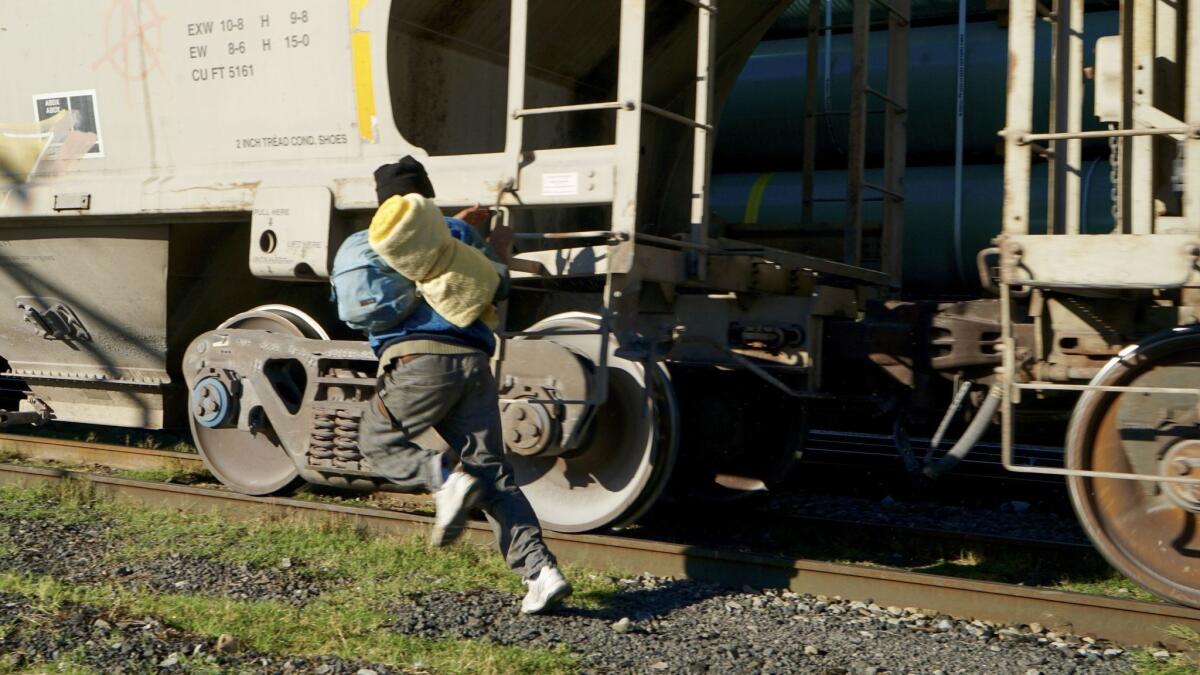
The trio left Nogales as they had arrived, via a cargo train. This time they hopped a train headed to a railroad junction town with the unusual name of Benjamin Hill. It’s about 100 miles south of Nogales, but it’s where a rail line splits off for Mexicali.
Word of the changing politics in the north has of course filtered down to the train hoppers. Zelaya attributes to President Trump, apparently erroneously, a comment that Central Americans flee their homelands because of incompetent and corrupt governments at home — a sentiment he is completely on board with, however apocryphal the attribution to Trump.
“If we didn’t have such bad governments, we wouldn’t be so screwed and we could work in our own countries, that is for sure,” he said.
“I’m a free soul,” declared Zelaya, who hopes to attend university someday and become an engineer. He was optimistic that his third attempt to enter the north would not result in a quick deportation. “The truth is, I don’t give up.”
They had a train to catch that afternoon, a meandering iron beast rumbling toward a land that, while unwelcoming, still offered the allure of opportunity to these indefatigable riders of the rails.
Special correspondent Liliana Nieto del Rio and Cecilia Sanchez of The Times’ Mexico City bureau contributed to this report.
ALSO
Mexican authorities arrest suspect in killing of a U.S. Border Patrol agent
More to Read
Sign up for Essential California
The most important California stories and recommendations in your inbox every morning.
You may occasionally receive promotional content from the Los Angeles Times.










